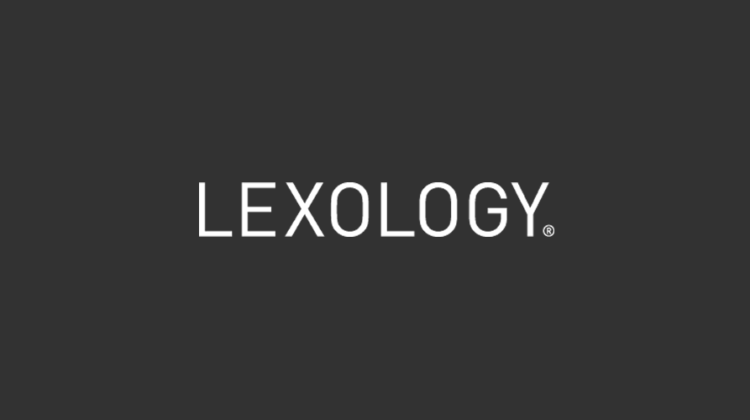
On May 5, 2021, the House Ways and Means Committee voted unanimously to advance new retirement savings legislation to the House for approval. The Securing a Strong Retirement Act – dubbed “SECURE Act 2.0” – would enable millions more workers to build savings through employer-provided retirement plans while lowering costs for employers.
Plan Participant Benefits
Raises the Saver’s Credit. The Saver’s Credit currently provides extra tax savings for low- to medium-income workers. SECURE Act 2.0 raises the rate of credit to 50% of contributions, regardless of income level, and increases credit value from $1,000 to $1,500.
Raises catch-up contribution limits. Currently, workers over 50 can increase their IRA contributions by $1,000 over the current limit. SECURE Act 2.0 would provide for annual inflation adjustments and allow those over age 60 to add another $10,000 (up from $6,500) to their 401(k)s and 401(b)s, and $5,000(up from $3,000) to SIMPLE IRAs.
Adds employer matching contributions for student loan borrowers. For workers who are making student loan payments instead of saving for retirement, SECURE Act 2.0 would enable companies to match those student loan payments (up to a certain percentage of an employee’s salary) and put that matching contribution in the employee’s retirement account, even if the employee makes no contributions of their own.
Delays required minimum distributions. The age at which workers had to start making withdrawals from their retirement accounts was increased to 72 by the original SECURE Act. SECURE Act 2.0 raises the age limit again, from 72 to 75.
Abolishes RMDs for those with little retirement savings. SECURE Act 2.0 would get rid of required minimum distributions altogether for those with less than $100,000 in retirement savings.
Makes it easier for plans to offer annuities. SECURE Act 2.0 would make it easier for plans to offer annuities, which provide guaranteed payments over a set number of years, by easing technical RMD requirements and increasing the amount of retirement savings that can be used to purchase Qualified Longevity Annuity Contracts (QLACs).
Plan Sponsor Benefits
Expands automatic enrollment. SECURE Act 2.0 would require employers offering 401(k), 403(b), and SIMPLE IRA plans to enroll newly eligible employees automatically at a 3% deduction-from-pay rate that increases by 1% every year until it reaches 10%. Employees can still choose to opt out and there are exemptions for businesses with 10 or fewer employees, new businesses less than three years old, churches, and governments.
Higher tax credits for small businesses. Currently, companies with 50 or fewer employees are eligible to get a three-year 50% tax credit (capped at $5,000) for administrative costs in establishing a retirement plan. SECURE Act 2.0 increases that tax benefit to 100%. In addition, defined contribution plans may receive higher credits, depending on certain conditions.
Allows 403(b) plans to join MEPs. SECURE Act 2.0 expands the scope of the SECURE Act’s provisions regarding pooled employer plans (PEPs) or multi-employer plans (MEPs) to enable unrelated nonprofits and government entities to join a single 403(b) plan. Two key MEP limitations that had previously soured employers on MEPS – the IRS’ “one bad apple” rule that can disqualify a MEP if just one participating employer fails to follow the rules, and the DOL’s “nexus” rule that requires all employers in a MEP to be in the same line of business – were eliminated by the SECURE Act.
Eases administrative burdens. SECURE Act 2.0 eases certain compliance testing requirements and increases opportunities for plans to self-correct some operational errors. In addition, employers would have more time to adopt certain plan amendments – up until their tax return due date rather than the end of the plan year.
